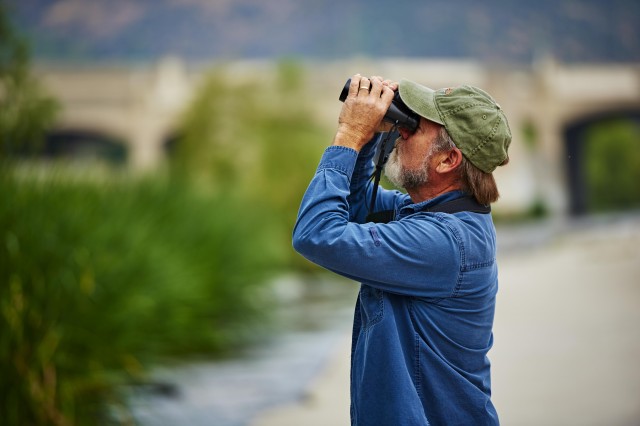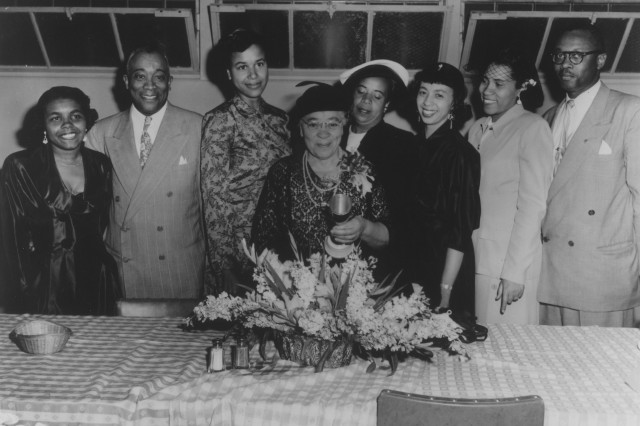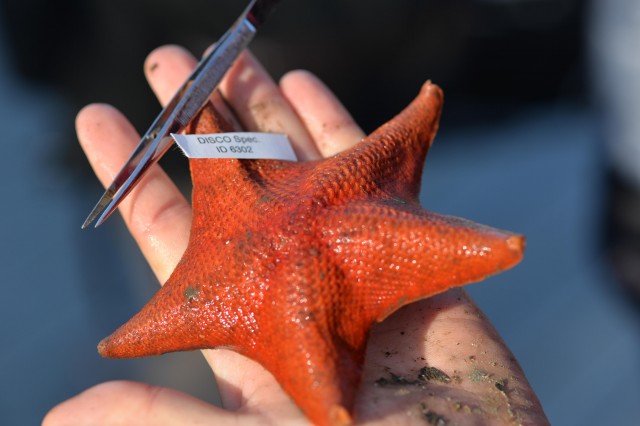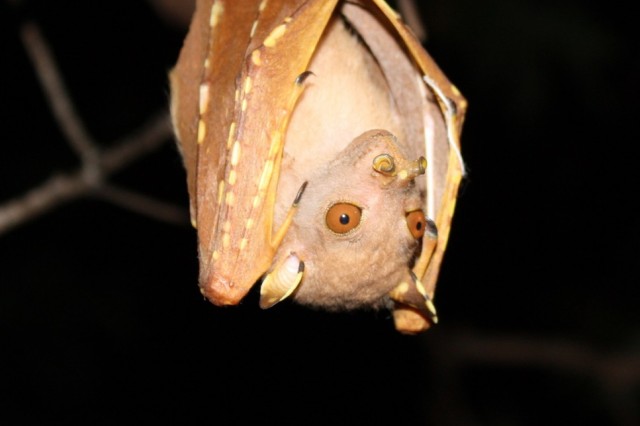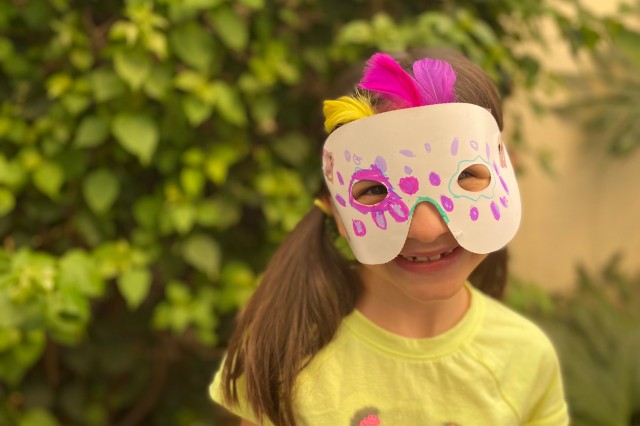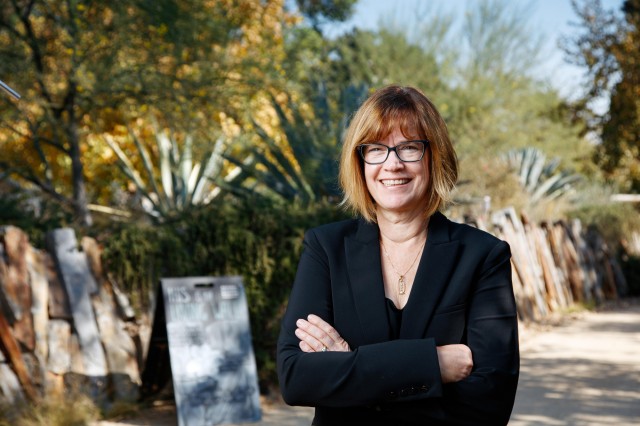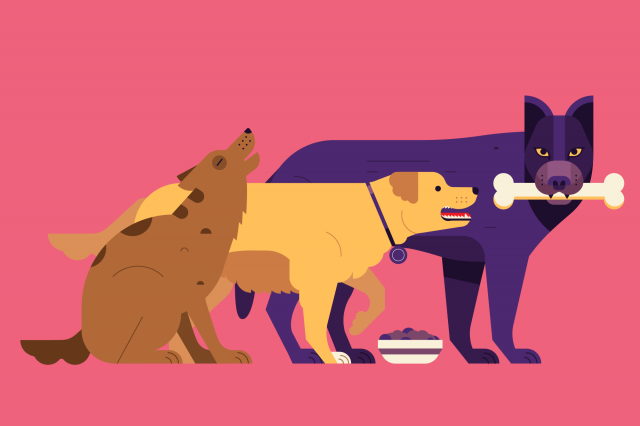
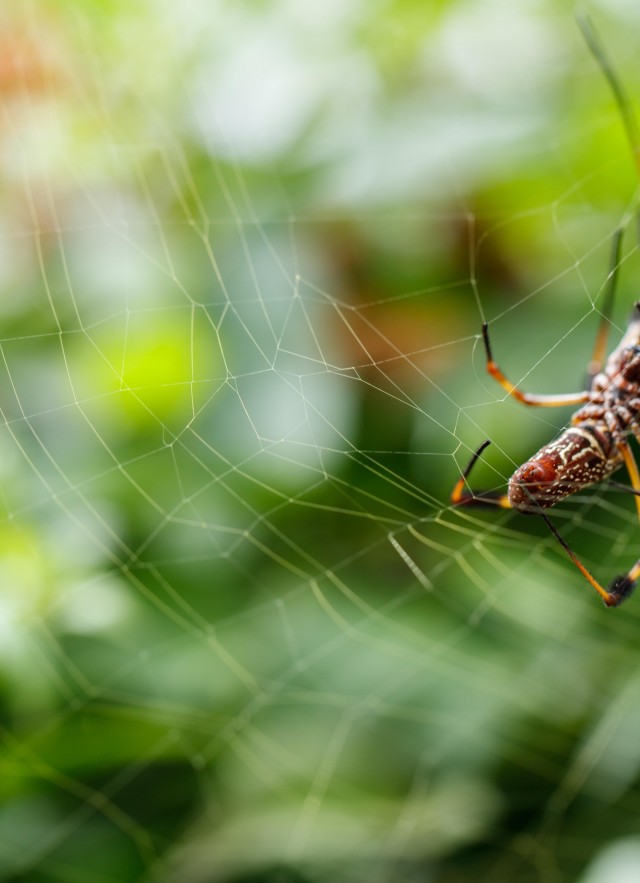
Discover the Spider Pavilion which is spinning its webs now through December 5.
For millions of years, spiders have been making and using silk in every kind of way: catching prey, building shelter, even for ballooning. While perhaps no other creature has our flare for building, few have been subject to as much trepidation. They have a way of showing up in our bathtubs unexpectedly or of potentially existing in the dark recesses your hands are supposed to go. One study cited their “legginess," the jangly sort of way that only spiders seem to move, as the most frightening thing about them.
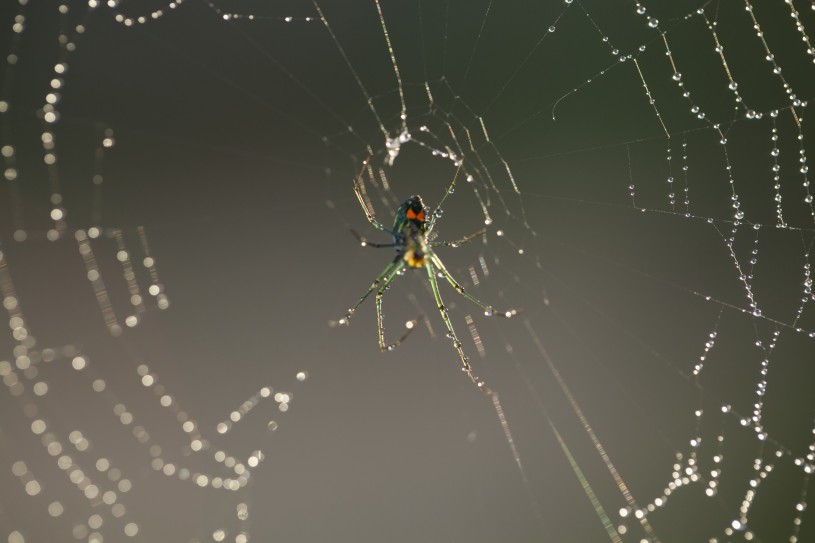
"Spiders move the way they move because they need to be careful because they are delicate and if we look closely enough, in a safe calm way, we might see that movement in a different light," said Gallery Interpreter Valerie Hatcher. She is used to guiding visitors along the intricate web of spider appreciation. "My outlook is shaped by the idea that when you learn more you can fear less, and there is so much to discover in the Spider Pavilion, which is spinning its web once again this fall.
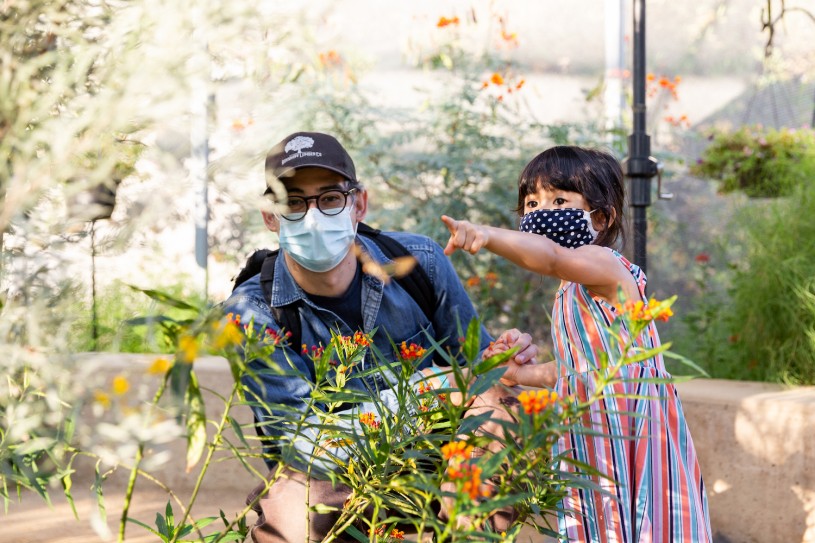
A hand-picked collection of tiny fuzzy architects is taking up residence through , and our larger fuzzy Gallery Interpreters are looking forward to leading guests down the spider hole with them, exploring the silken engineering, inner lives and outer beauty of these charmingly shy creatures. Case in point, according to Val, green lynxes: "I’m always showing off the green lynx mamas guarding their babies... little tiny baby spiderlings are unbearably cute!"
Seeing spiders in the Pavilion, as opposed to the bathtub, is the rare opportunity to reframe one of nature’s most maligned and impressive creatures, and there’s nobody better equipped to calibrate your spider senses than our Gallery Interpreters. Valerie said it wonderfully: "It gets tougher to think something is terrifying after you see it drink from a dewdrop."
Val tells you about one special spider species, the black widow, in this video:


